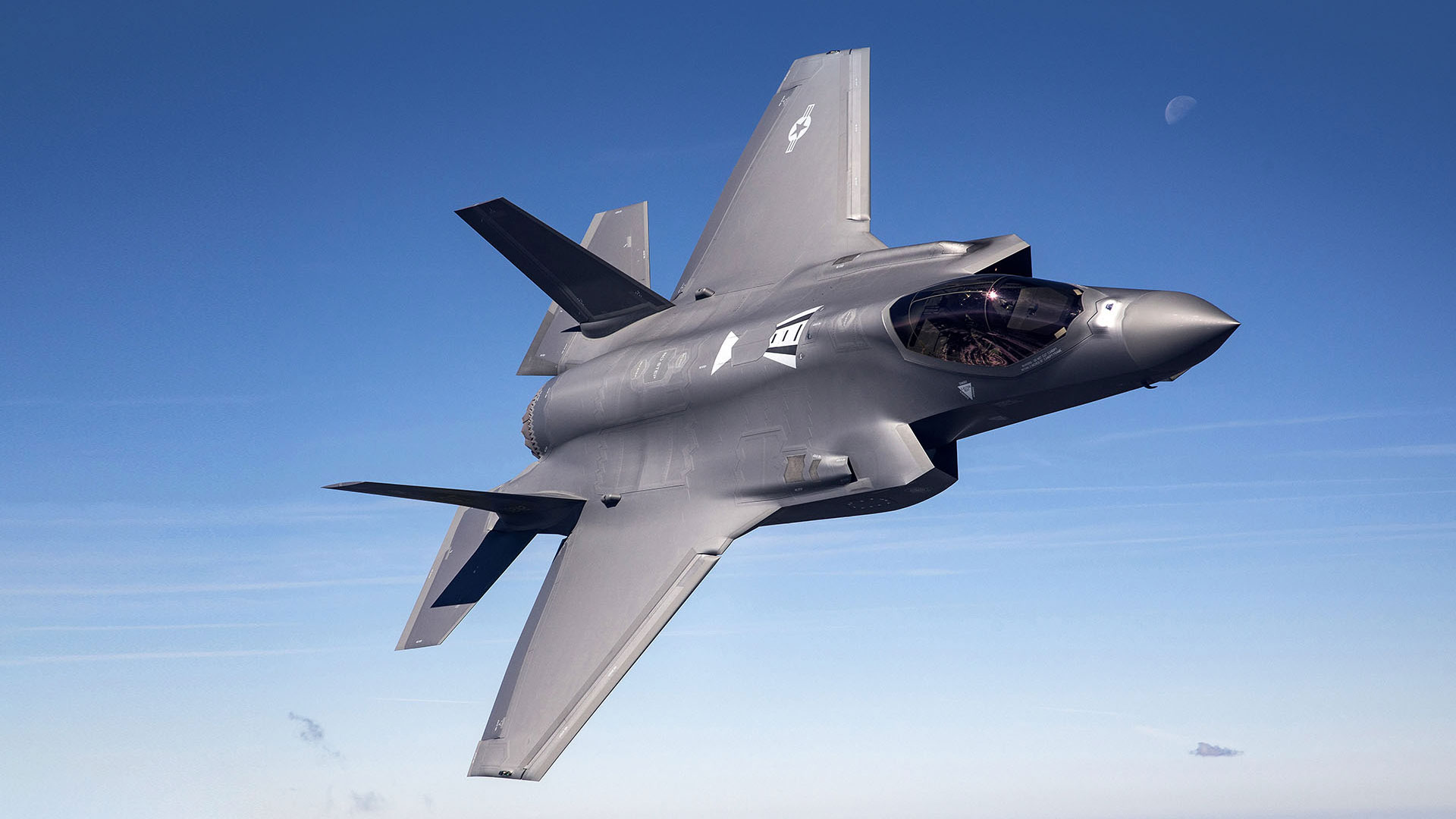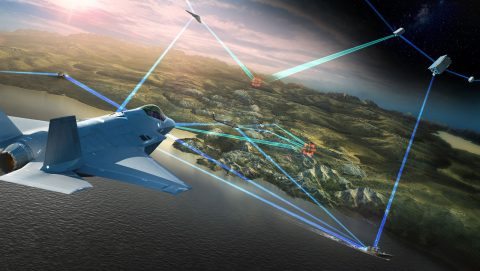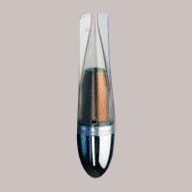
XBT Probe
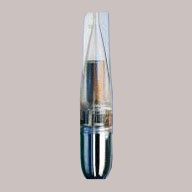
XSV Probe
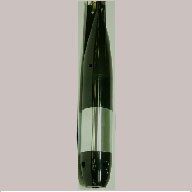
XCTD Probe
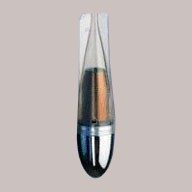
XBP Probe
The Expendable Bathythermograph (XBT) probe is designed to measure water temperature as a function of depth. It was first designed and patented in the mid 1960’s and has been in volume production with Lockheed Martin since the early 1970’s. There are several types of XBT probes, depending on maximum depth and vessel speeds at which they can be launched. Submarine-launched XBT (SSXBT) models also are available.
The Expendable Sound Velocity (XSV) probe measures sound velocity in water as a function of depth. Applications include antisubmarine warfare (ASW), coastal mine countermeasures and oceanographic research. It is particularly useful in regions where salinity varies with depth, making calculation of sound velocity from XBT data impractical. Submarine-launched XSV (SSXSV) models also are available.
The Expendable Conductivity/Temperature/Depth (XCTD) probe measures water temperature and conductivity as a function of depth. From the XCTD data, the data acquisition system (DAQ) can calculate and display salinity, water density and sound velocity. Both submarine (SSXCTD) and air launched (AXCTD) versions of this probe variant are available.
System Specifications
Probe Type |
XBT |
XSV |
XCTD-1 |
Sampling Rate |
10Hz |
10Hz |
25Hz |
Vertical Resolution |
60cm (18cm for T-11 FSXBT) |
60cm |
17cm |
System Accuracy |
±0.2°C |
±0.25m/sec |
±0.02°C |
Temperature Resolution |
0.01°C |
– |
0.01°C |
Temperature Range |
-2 to 35°C |
– |
-2 to 35°C |
Sound Velocity Resolution |
– |
0.04m/sec |
– |
Sound Velocity Range |
– |
1405-1560m/sec |
– |
Conductivity Resolution |
– |
– |
0.017mS/cm |
Conductivity Range |
– |
– |
0-70mS/cm |
System Depth Accuracy: 4.6 meters or 2% of depth, whichever is greater.
*Nominal accuracy characterization based on XCTD horizontal profiles against a calibrated transfer CTD (each comparison used 4pt smoothing). 95% of tabulated data was within +0.035° and mS.cm of the transfer CTD.
** External RF demodulator required.
Launchers
Three types of Lockheed Martin launchers are available for surface ship applications: an LM-2A Deck-Mounted Launcher, which is easily installed on the deck of any vessel; an LM-3A Hand-Held Launcher, which is portable and allows easy repositioning so it does not interfere with other equipment; and an LM-4A Thru-Hull Launcher, which is the standard launcher for all military vessels and is installed below deck for safety and convenience when launching probes under heavy weather conditions.
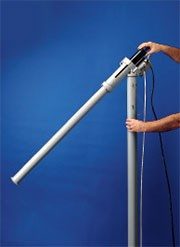
Deck-Mounted The LM-2A is easily installed on the deck of any vessel
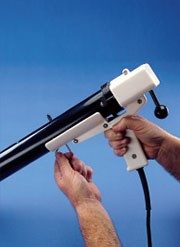
Provides portability, allows more flexibility in selecting launcher position and reduces interference with other equipment.
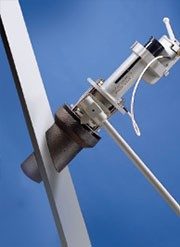
The standard auncher for all military vessels. Employs the same basic assembly as the LM-2A, however, the LM-4A is installed below deck for improved safety and increased convenience under heavy weather conditions.
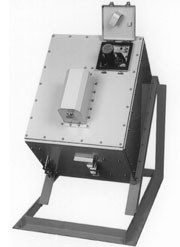
The TSK Autolauncher, the AL12, launches a variety of expendable oceanographic probes. The release of the probes is completely automatic and computer controlled. The highly efficient system helps reduce the manpower costs of probe launches and adds precision and safety to the release operation.
Data Acquisition Systems
Lockheed Martin Data Acquisition Systems (DAQ’s) are designed to record and process the data that the oceanographic probes collect. The MK21 DAQ measures and outputs ocean temperature, conductivity, and sound velocity versus depth, and is compatible with all variants of Lockheed Martin XBT’s, XSV’s, and XCTD’s.
The MK21 Ethernet DAQ system is compatible with most laptop and desktop PC computers operating the WINDOWS XP/7 or higher operating systems, running the Lockheed Martin WinMK21 Software. The WinMK21 Software provides convenient, user friendly, real-time processing and display of oceanographic probe data.
Variants of the data acquisition systems are available for aircraft-based expendable probe applications and in fully ruggedized configurations for military applications.
Business Development
Tom Curran
(610) 531-4144
Media & Press Enquiries
571-357-6359


